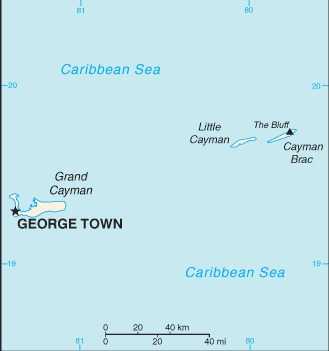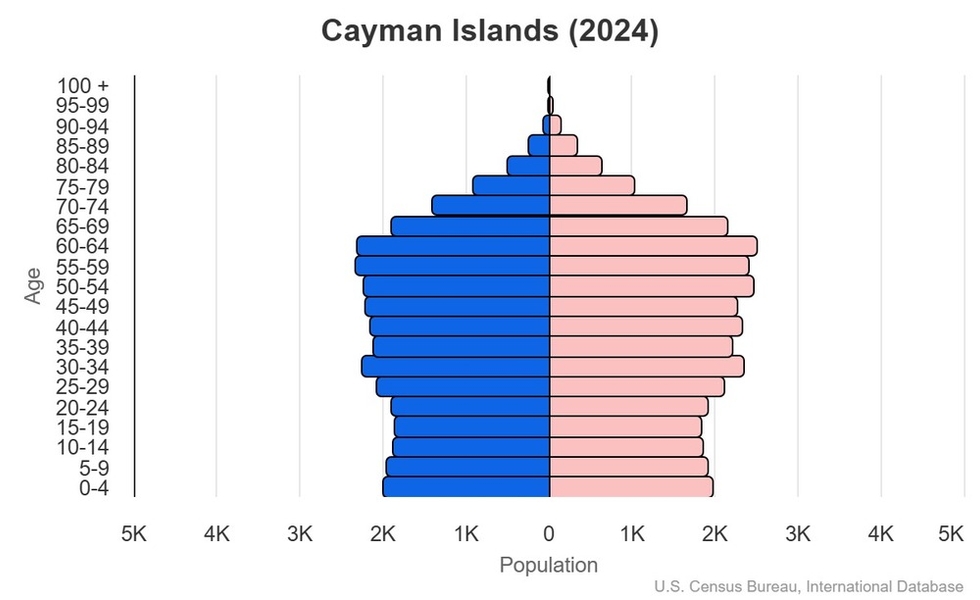Introduction
Visit the Definitions and Notes page to view a description of each topic.
Geography
People and Society
Population
comparison rankings: total 204; male 204; female 203
Median age
comparison ranking: total 51
Population growth rate
comparison ranking: 51
Birth rate
comparison ranking: 158
Death rate
comparison ranking: 149
Net migration rate
comparison ranking: 5
Infant mortality rate
comparison ranking: total 154
Life expectancy at birth
comparison ranking: total population 27
Total fertility rate
comparison ranking: 136
Education expenditure
comparison ranking: Education expenditure (% GDP) 192
Environment
Carbon dioxide emissions
comparison ranking: total emissions 177
Government
Economy
Real GDP (purchasing power parity)
comparison ranking: 179
Real GDP growth rate
comparison ranking: 56
Real GDP per capita
comparison ranking: 12
Inflation rate (consumer prices)
comparison ranking: 49
GDP - composition, by sector of origin
comparison rankings: agriculture 191; industry 197; services 9
Industrial production growth rate
comparison ranking: 72
Current account balance
comparison ranking: 120
Reserves of foreign exchange and gold
comparison ranking: 172
Energy
Electricity
comparison rankings: installed generating capacity 176; consumption 167; transmission/distribution losses 6
Energy consumption per capita
comparison ranking: 26
Communications
Telephones - fixed lines
comparison ranking: total subscriptions 163
Telephones - mobile cellular
comparison ranking: total subscriptions 194
Broadband - fixed subscriptions
comparison ranking: total 149
Transportation
Merchant marine
comparison ranking: total 77




